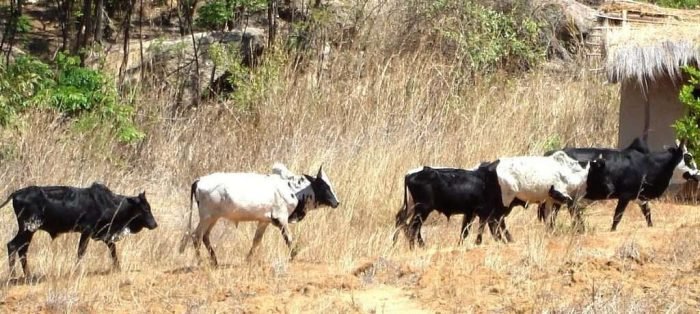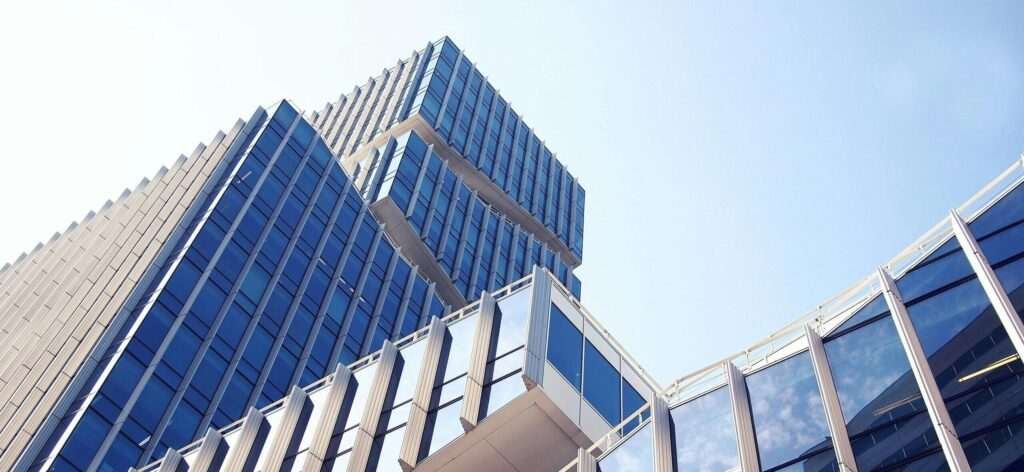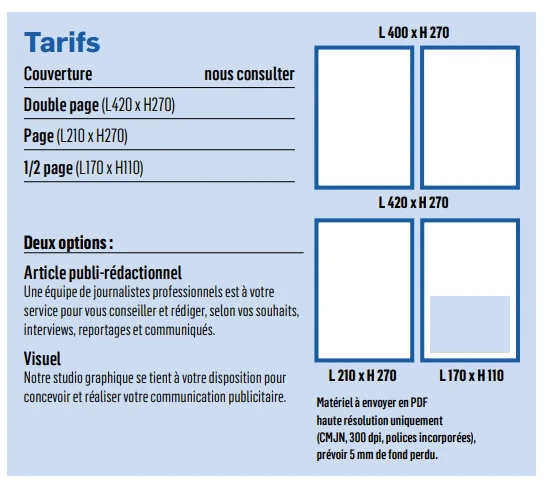Space not available
Reserve this advertising space
Choose an ad format to publish
The file format is not recognized
Choose this advertising space
and click here to transmit
an announcement
Click here to transmit
an announcement
Drag and drop
or transmit
an announcement
Bottom reference
Reference
– The challenges of agro-livestock farming

Livestock farming contributes 601,000 households in Madagascar to their income. Its growing importance is noteworthy, particularly for dairy farming and urban poultry farming. Beekeeping and sericulture are also gaining importance in some regions.
Space not available
Reserve this advertising space
Choose an ad format to publish
The file format is not recognized
Choose this advertising space
and click here to transmit
an announcement
Click here to transmit
an announcement
Drag and drop
or transmit
an announcement
Bottom reference
Reference
Breeding
Livestock farming is a vital sector for the country's economy, accounting for over 701,000 rural Malagasy households. After rice, it is the second most important agricultural resource for the rural population, but it has been experiencing serious difficulties for several years due to epizootic diseases that periodically affect the country and which severely affect the animal sector. Livestock farms, mostly managed traditionally, consist of zebus, local breed chickens, and pigs. Due to its many functions, livestock farming is a key activity: the animals represent short- or medium-term savings, a source of food, and an agricultural workforce. Moreover, owning zebus is a sign of wealth and confers a certain social status on its owner. The government is focusing on promoting cattle breeding and improving the cattle breed to obtain zebus weighing 500 to 600 kg in three years.
Dairy production
National milk production in 2019 amounted to 100 million liters, according to Madagascar Dairy Broad, which estimates the number of dairy cattle in the country at 90,000. However, the need for this is estimated at more than 140 million liters per year. More than 80% of Madagascar's milk production is produced in the "dairy triangle," located southwest of Antananarivo, mainly in the Vakinankaratra region, whose capital is Antsirabe. Thus, the Malagasy government will import 1,000 dairy cows to fill the gap in milk production in the country. The ministry aims to help farmers and breeders in the Vakinankaratra, Analamanga, and Itasy regions.
Space not available
Reserve this advertising space
Choose an ad format to publish
The file format is not recognized
Choose this advertising space
and click here to transmit
an announcement
Click here to transmit
an announcement
Drag and drop
or transmit
an announcement
Bottom reference
Reference
Honey
A honey packaging unit produced by 188 beekeepers from the 18 municipalities of the city and its surrounding areas was created, resulting from the collaboration of the "Fihariana" program, initiated by President Andry Rajoelina with economic operators such as the company "Senteurs et saveurs de Madagascar (SSM)". This project provides technical support, as well as the necessary financing to local beekeepers to improve the quality of honey and increase their production capacity. The funding under this program amounts to 1,297,700,000 ariary. It will create 564 jobs for beekeepers and increase honey production in the regions by up to 160 tons, thanks to the financing of 3,760 hives with a production capacity of 600 liters and three harvests per year per beekeeper.
Poultry farming
Traditionally, the breeding and marketing of gasy chickens was the preserve of women. Modern poultry farming is essential to meet the growing demand in urban areas for white meat and eggs. In the suburbs of the capital, Antsirabe, Mahitsy, and Ankazobe raise 87% of the national laying hen flock and 93,40% for broiler chickens. In the provinces, the urban municipalities of Antsiranana, Mahajanga, Toamasina, Fianarantsoa, and Toliara raise laying hens. Semi-industrial farms have been established in the urban areas of Sambava, Nosy Be, Taolagnaro, Manakara, and Morondava. The two rural municipalities of Mahitsy account for 23% of the improved breeds of laying hens.
Through the Fihariana program, the government intends to develop the poultry sector and train truly qualified professionals in Madagascar. The Akoho Naka project is among the projects with the largest number of funding providers under this program. It also aims to improve livestock farmers' incomes and promote job creation.
Sericulture
Madagascar has a long tradition of sericulture based on the exploitation of wild silkworms and the breeding of mulberry silkworms imported around 1840. Silk from the Big Island is certainly a niche market but a growing one. Madagascar silk, particularly the excellent quality of wild silk, is highly valued. Silk manufacturing encompasses a large number of trades, all of which Malagasy artisans possess the expertise to master. On the global market level, the Malagasy sector still occupies only a very small space, around a few dozen tons of silk for a global production of around 80,000 tons. Investing in this sector is interesting not only for profits but also for the modernization and revitalization of the breeding of short-cycle species.
Space not available
Reserve this advertising space
Choose an ad format to publish
The file format is not recognized
Choose this advertising space
and click here to transmit
an announcement
Click here to transmit
an announcement
Drag and drop
or transmit
an announcement
Bottom reference
Reference

















 A Seat That Transforms into a Bed
A Seat That Transforms into a Bed  In the world of air travel, economy class is often considered the most affordable option. However, at Air Afrika, we believe that affordability shouldn't mean compromising on quality of service. Our class
In the world of air travel, economy class is often considered the most affordable option. However, at Air Afrika, we believe that affordability shouldn't mean compromising on quality of service. Our class









